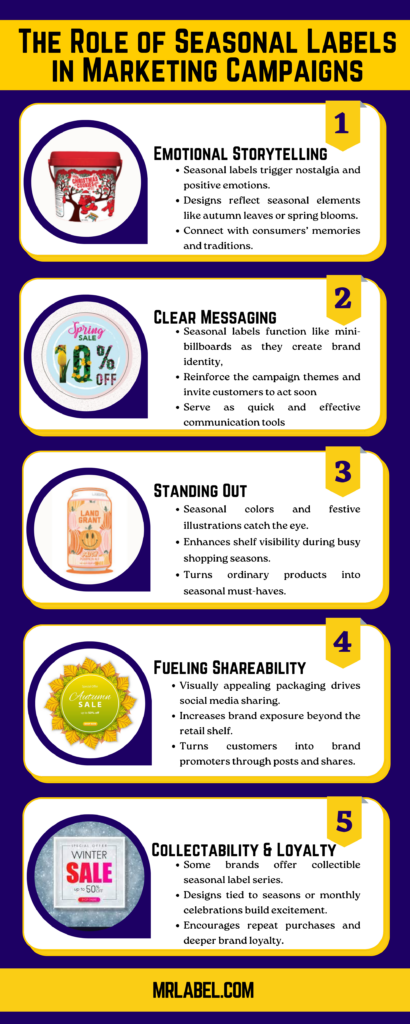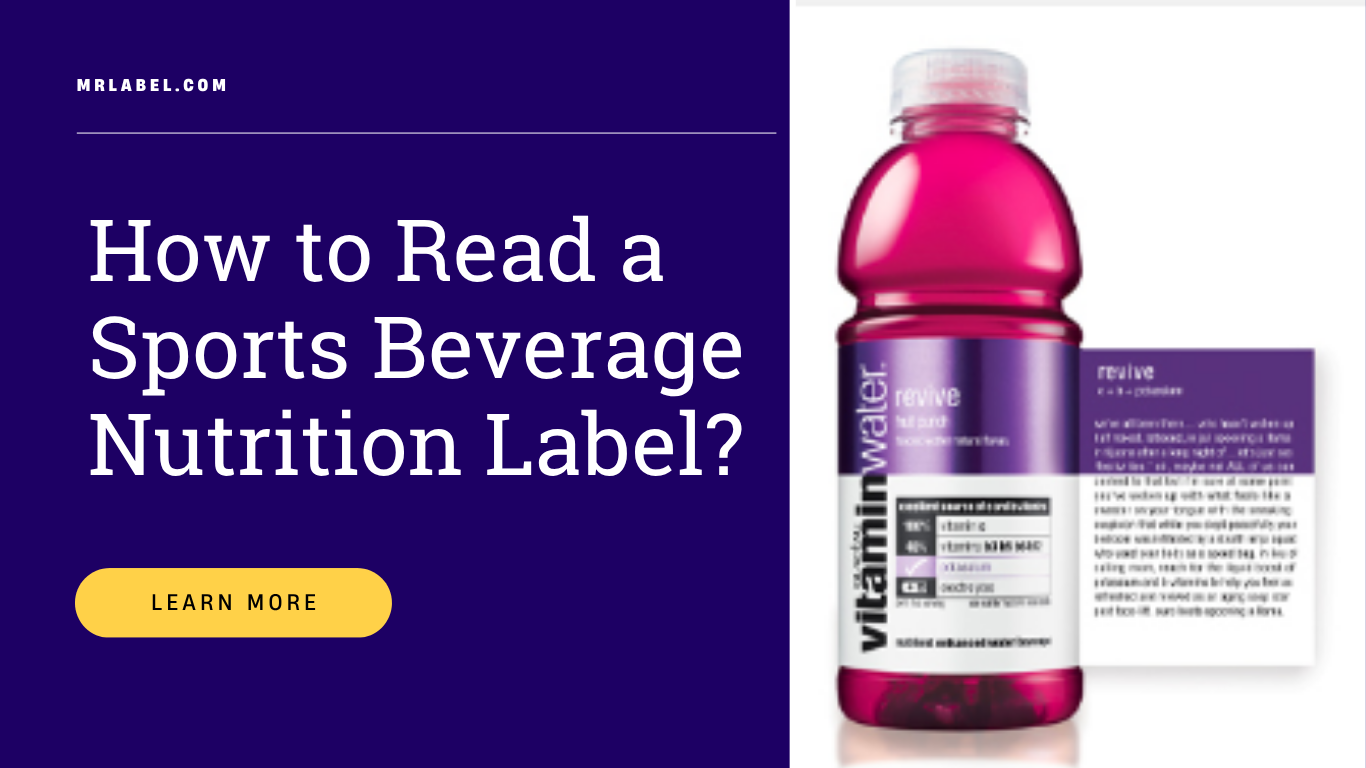Modern retail is not a simple competition. There are so many everyday challenges which marketers have to keep in mind. However, one constant that has proved to be a good use for marketing campaigns and profits is the use of seasonal labels. Brands are constantly looking for ways to stand out and connect with consumers on a deeper level.
Seasonal marketing campaigns are usually tied to holidays, cultural moments, or weather-driven shifts such as beach holidays and lemonade stands! Understanding the shift in consumer behavior during these times and then using it to their benefit is like catching the wave for all business owners.
While advertising, pricing strategies, and in-store displays often steal the spotlight, but seasonal product labels can get you that spotlight. We will discuss how these labels are essential, and how they can be used.
Emotional Storytelling Through Design
A product’s label is often its first impression, and during seasonal campaigns, it becomes an opportunity to tell a story. When shoppers see labels that align with the spirit of the season, they’re more likely to respond impulsively, influenced by the nostalgia or excitement those visuals evoke. These labels are a way to play with nostalgia, good feelings, weather celebrations and following traditions.
Whether it’s the warmth of autumn leaves, the crisp sparkle of winter snowflakes, or the pastel blooms of spring, seasonal labels evoke powerful emotional responses.
Clear, Compelling Messaging
Seasonal labels function like mini-billboards as they create brand identity, reinforce the campaign themes and invite customers to act soon otherwise they will miss out on the seasonal celebrations, offers or even product deals.
Seasonal labels also serve as quick and effective communication tools. With limited-time offers and promotional campaigns, clarity and urgency are key. An attractive phrase like Limited Edition for Summer, Must Have This Holiday Season, or Spring Fling will be relevant to the season and will convey a particular shortage. The signal that a person gets is that this product might not be around if the season ends.
For example, use of seasonal fruits in desserts. Many eateries invite people to try a particular dessert made with these fruits and customers often feel compelled to try before the season ends! This is an essential psychological trigger for purchase decisions.
Standing Out on Crowded Shelves
Using special colors for the season, or using celebration illustrations can surely light up the display in shops. During peak shopping seasons, competition for shelf space and attention reaches its peak. If a particular brand uses seasonal labels to help their brand rise above the visual noise, they can implement the smart use of color palettes, specialty printing techniques, and playful typography can turn a standard product into a showstopper.
You must’ve seen the use of metallic foils or embossing on candy boxes to celebrate the holiday season. A holiday-themed bottle, box, or pouch with an eye-catching label can attract a glance, hold it, and convert it into a sale within no time.
Fueling Shareability and Online Engagement
Today’s consumers don’t just buy products, they showcase them. Limited-edition seasonal packaging with bright, sophisticated and nostalgic designs. Many bakery items and traditional treats are packed in boxes that display the things that people remember from their childhood!
These well-designed labels become content for social media platforms like Instagram, Pinterest, and TikTok. When products look good, people are more inclined to photograph, share, and talk about them. That visual appeal or likeness can turn seasonal labels into organic brand amplifiers, expanding the campaign’s reach beyond retail spaces.
Encouraging Collectability and Loyalty
Some savvy brands take seasonal labelling a step further by creating collectable series. Think of four unique labels for each season of the year or a rotating design tied to monthly celebrations. This gamified approach appeals to collectors and brand loyalists, encouraging repeat visits and purchases. Over time, seasonal labels become more than just packaging—they evolve into brand artefacts that consumers anticipate, discuss, and treasure.
Labels As a Strategic Investment
Seasonal labels are more than just decorations as they become a part of the seasonal celebration. You may have seen many companies launch better packaging during the festive season.
For example, you can find shortbread and candy in Christmas-themed boxes. These packs are more vibrant and have a more relatable display on the boxes. Many people buy the same candy because the cover reminds them of their childhood days. These labels are strategic touchpoints that drive consumer behavior, reinforce branding, and support marketing objectives. As technology enables shorter print runs and more customization options, it’s easier than ever for brands of all sizes to leverage seasonal labels without breaking the bank.
In conclusion, integrating seasonal labels into your marketing campaigns can significantly elevate your brand presence and sales performance. They provide emotional engagement, visual differentiation, campaign clarity, and social buzz, all essential ingredients for successful retail execution. As the seasons change, so too should your strategy—and your labels should lead the way.



